The northern lights have fascinated humans for centuries. The incredible natural light display has been associated with many legends and tales over the years, but the phenomenon is actually caused by the interaction between charged particles from the sun, the Earth's magnetic field and atmospheric gases.
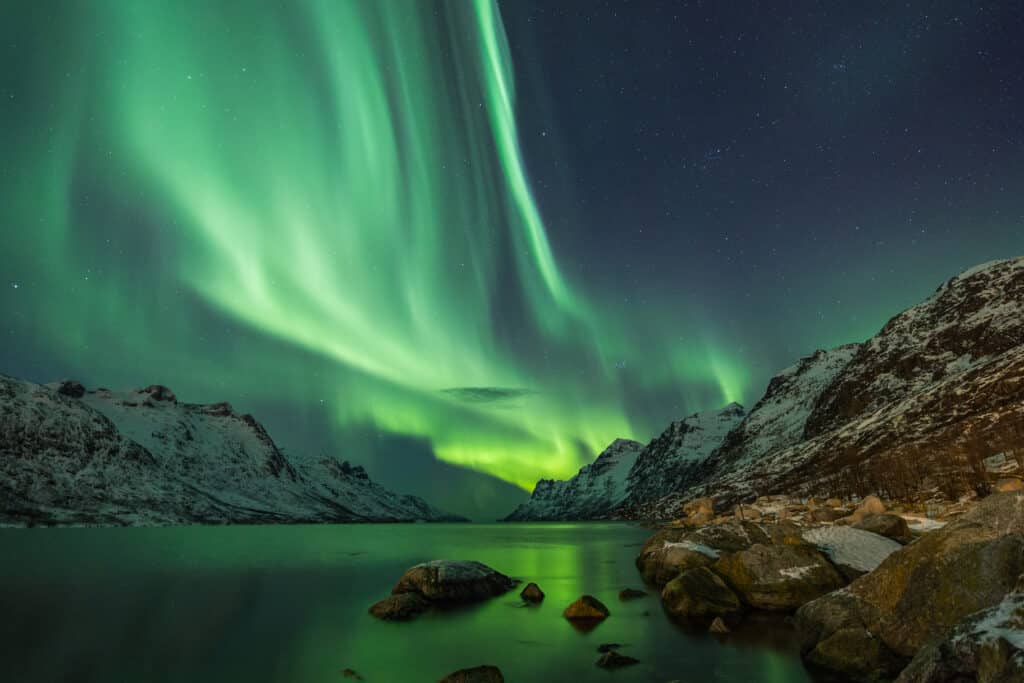
The northern lights appear when tiny electrically charged particles from solar winds collide and excite atoms of gases in the Earth's atmosphere. The atoms emit the coloured light we call the northern lights.
Auroras are mostly seen near the poles of the Earth, where the magnetic field isn't as good at deflecting the charged particles from the solar winds.
What is an aurora?
An aurora is a natural display of coloured light.
Where do auroras occur?
Auroras mostly occur near the poles of the Earth. In the northern hemisphere, the northern lights are called aurora borealis. In the southern hemisphere, the southern lights are called aurora australis.
Where can you see the northern lights?
The northern lights can generally be seen across northern Canada, Alaska, Greenland, Scandinavia, and Russia.
Where can you see the southern lights?
The southern lights are more difficult to see as they mostly occur over Antarctica.
Why are the northern lights coloured?
The colours of the northern lights depend on the gas particles that are involved in the collision with particles from the solar wind. Red and green colours are from excited oxygen atoms, and pink and blue are from nitrogen atoms.
Magnetic Fields and the Aurora
The Earth's magnetic field is created by the movement of molten iron and nickel in the outer core. The magnetic field is strongest near the poles. The Earth acts like a giant magnet.
You can learn more about magnets with my easy magnet science experiments.
Last Updated on January 14, 2025 by Emma Vanstone
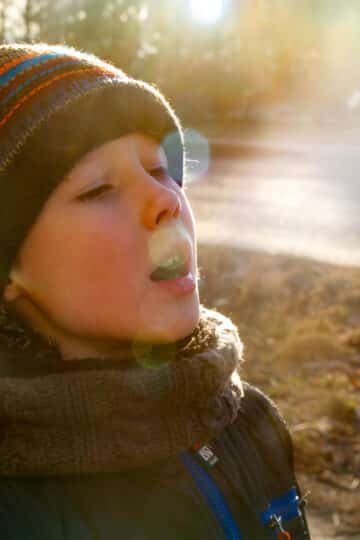
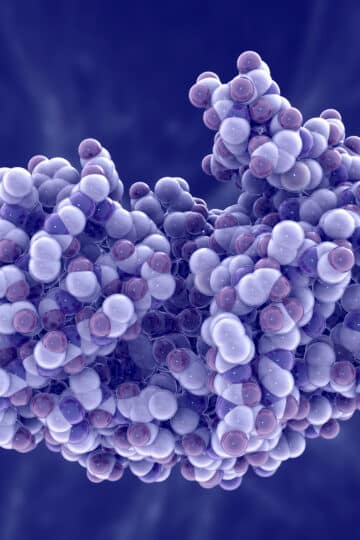
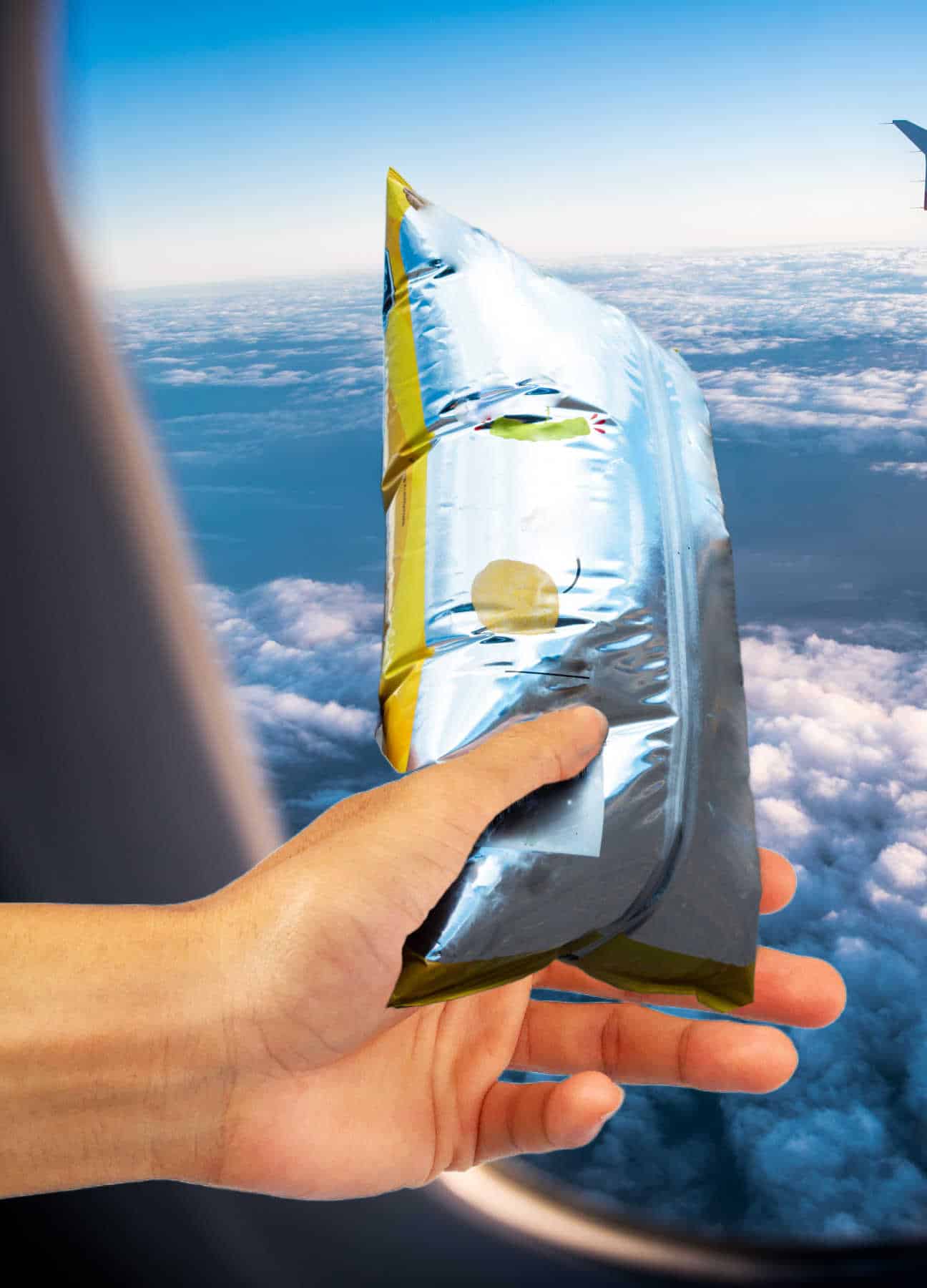
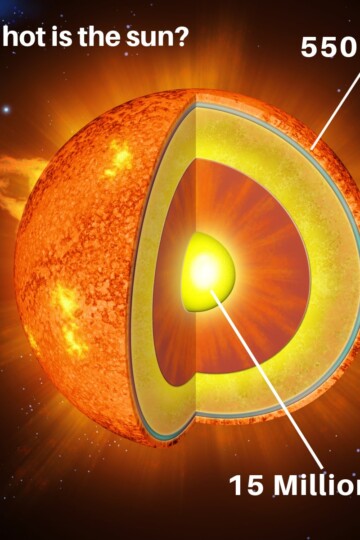
Leave a Reply